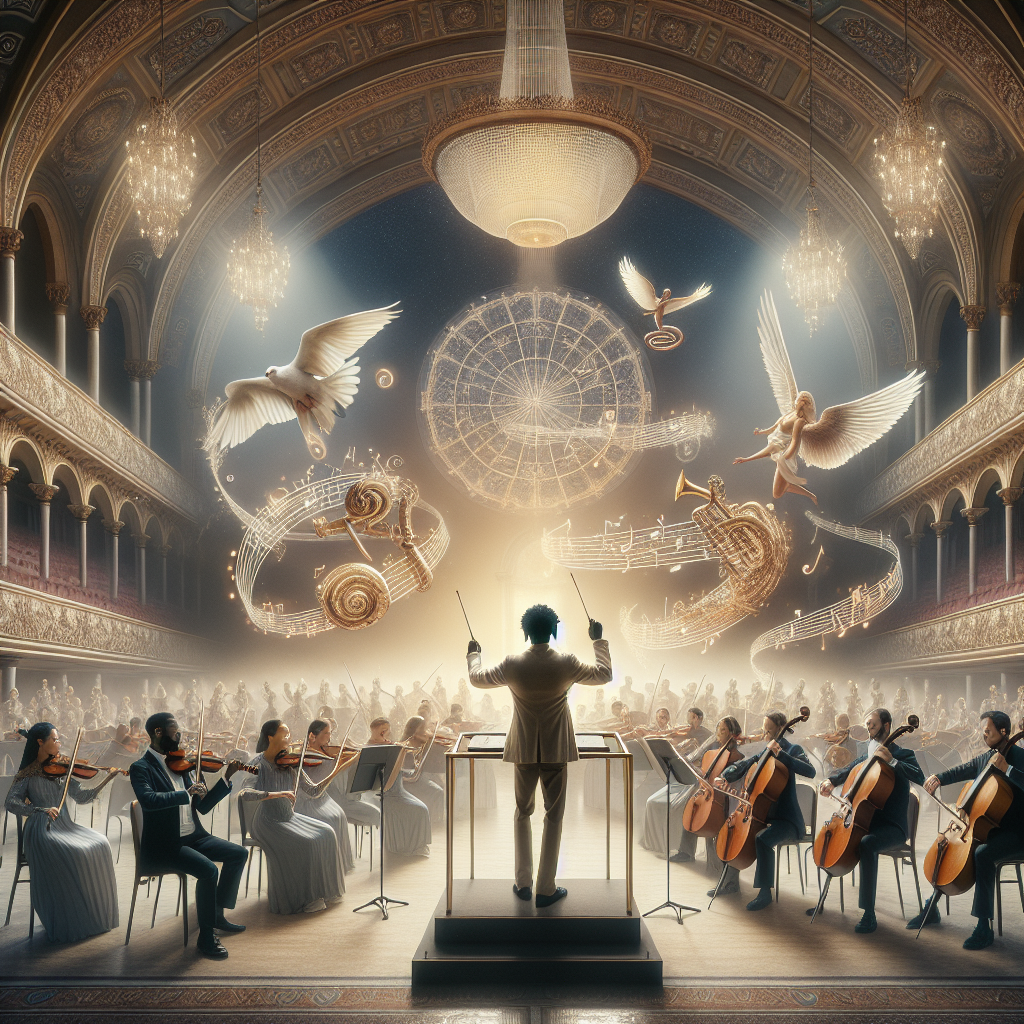The world of classical music is not only ancient and vast, but it is also filled with incredible richness and variety. Among the many genres of classical music, the symphony is perhaps the most highly revered. A symphony is an elaborate musical composition for full orchestra, typically performed in four movements, at least one of which is traditionally in sonata form. It is the ultimate display of a composer’s musical prowess, weaved in layers that tell a complex, emotional story. As such, classical music symphony can be viewed as one of the most profound, beautiful artifacts within the realm of human creativity.
The Origin and Evolution of the Symphony
First emerging during the 18th century, specifically the Classical period of Western music, the symphony came to represent the epitome of instrumental composition. Pioneers of the classic symphony include great composers such as Joseph Haydn, Wolfgang Amadeus Mozart, and Ludwig van Beethoven. These composers used the symphony as a canvas to display their compositional genius and deeply emotional, philosophical ideas. As a result, symphonies became complexes filled with drama and contrast, inciting a broad range of emotions within listeners from uncontrollable excitement to solemn contemplation.
Exploring the Emotional Depth of the Symphony
Arguably, a significant part of the symphony’s beauty is its ability to invoke profound emotions. The expressive range of the symphony is almost limitless because it can accommodate the most subtle and intimate feelings and the most epic, grandiose narratives. Every symphony has its individual emotional climate, varying vastly depending upon the composer’s perspective, inspiration, and the era they belonged to.
Understanding the Structure of the Symphony
A symphony usually consists of four movements – each with distinct characteristics yet linked together to complete a grand musical narrative. The first movement is generally serious in tone, incorporating a fast, energetic opening. The second movement is generally slow, offering an introspective, lyrical contrast. The third movement, traditionally a minuet or a scherzo, offers a breather before the finale. The fourth movement is typically the most dramatic section, showcasing virtuosic, explosive orchestration that brilliantly rounds off the symphony.
Symphonies- A Flight of Imagination
Listening to a symphony is often a journey for the soul, taking listeners on a flight of imagination guided by the composer’s insights. The performance of a symphony is an immersive, transformative experience, allowing individuals to explore deep dimensions of emotions while providing the space for introspection. As such, the symphony’s tangible beauty lies in its ability to express the ineffable, mirroring the depths of humanity’s inner world.
Conclusion
Classical music symphony is a vast, sprawling art form that demands active listening. Its profound beauty lies in its complexity, emotional depth, technical prowess, and its powerful ability to stir the human spirit. To truly appreciate the depth and significance of this music genre does not only require listening but also understanding its rich history, context, and the emotions it encapsulates. Immersing oneself into the journey of exploring classical music symphony can be highly rewarding, offering a profound, sublime experience that transcends the sensory realm.
FAQs
- Who are some of the most famous classical music composers?
Some of the most renowned classical music composers include Johann Sebastian Bach, Wolfgang Amadeus Mozart, Ludwig van Beethoven, Franz Schubert, and Pyotr Ilyich Tchaikovsky, among others.
- What’s the best way to start appreciating classical music symphonies?
Start by listening to well-known symphonies by famous composers. Read about the pieces and composers, try to understand the inspiration behind the composition and also try to attend live performances, which can be an enriching experience.
- Why are symphonies generally structured in four movements?
The four-movement structure provides a framework that allows the composer to take the listener on an expressive journey, encompassing a broad range of emotions, themes and musical ideas, while maintaining a cohesive narrative.
- What’s the difference between a symphony and a concerto?
A symphony is a composition for an entire orchestra, a concerto, on the other hand, is composed for a solo instrument accompanied by an orchestra.
- Are all symphonies classical?
While the term “classical” is often used to refer broadly to Western art music, the “Classical” period only lasted from about 1750 to 1820. Many symphonies have been composed outside of this period, in Romantic, Modern, and even Contemporary styles.




